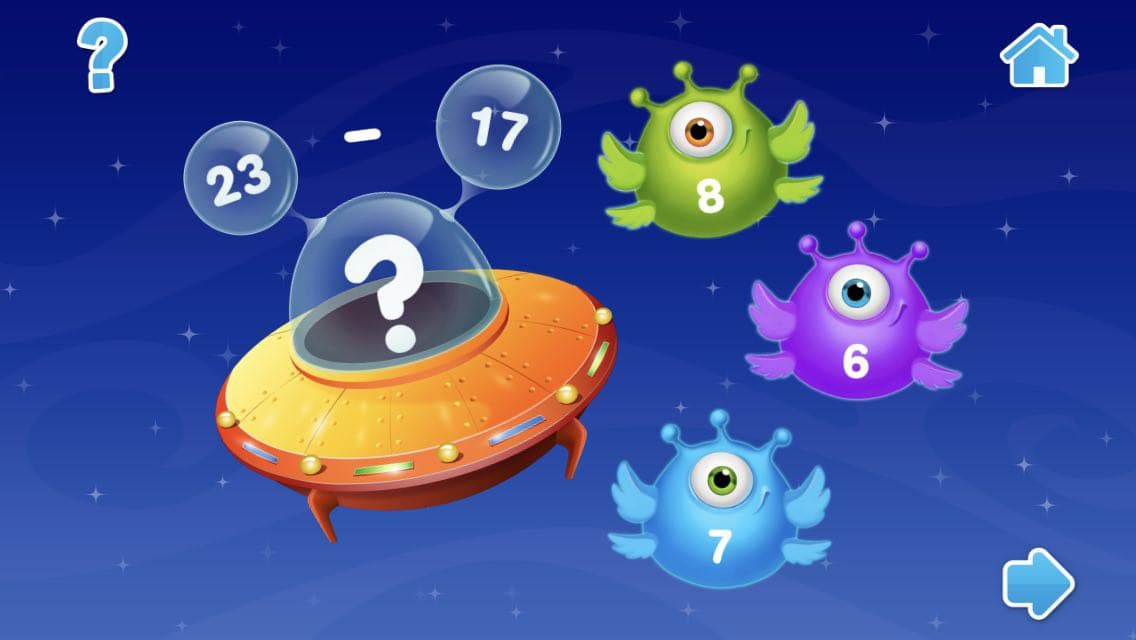Three Fun Science Experiments for Kids
Jan. 5, 2022
Experiment 1: Dry Ice Cream
I scream, you scream, we all scream for ice cream! But other than being an utterly delicious treat, ice cream actually makes an efficient tool in explaining important scientific phenomena in a fun way. If you’re feeling adventurous, you can consider this experiment as it calls for an exciting component: dry ice. Dry ice is basically frozen carbon dioxide. Its temperature is so low that it freezes ice cream really fast. It would also be good practice to acquaint younger kids with the states of matter first and the processes of freezing and melting. You can refer to this article for a useful guide.
For this experiment, you will need:
- Two cups cream
- One cup milk
- Flavorings (sugar, vanilla, pistachio…)
- 2 metal bowls, one small and one big
- Mixer
- Carbon dioxide fire extinguisher
- Sock (or pillowcase)
- Duct tape
- Safety gear (goggles and gloves)
What to do:
First, mix the cream with the milk and flavorings in the smaller metal bowl. Then tape the sock over the nozzle of the fire extinguisher. Empty the carbon dioxide into the sock, and now you’ve got dry ice. Place the dry ice in the larger bowl and then put the smaller bowl inside the dry ice. Now you can start mixing the ingredients until they turn into ice cream. Always make sure you are wearing your safety gear when handling the carbon dioxide extinguisher.

This experiment can demonstrate how temperature affects matter and changes its state, in addition to introducing how dry ice is made. To supplement your kids’ learning on the changing states of matter, you may use one the following free science worksheets depending on their educational level:
Click these worksheets to practice them!
Experiment 2: The Glitter Germ
Proper handwashing is a very important habit to teach to kids, especially with a pandemic still on the loose. But sometimes, it's hard to convince kids of its importance since they can't really see the germs. A smart way to help them visualize the process is using this glitter soap experiment.
All you will need is:
- Glitter
- Soap
- Tray
- Water
What to do:
This experiment is super simple yet very effective. You'll first need to pour water in the tray, then put some glitter in the water. Then have the children drop some soap into the water and watch how the glitter is quickly repelled away from the soap. This mimics how germs are repelled by soap on the hands and will show the kids how important washing hands with soap is.
Experiment 3: Instant Ice
One thing that fascinates kids is magic. This science experiment can be performed as a magic trick, but also serves as an educational experiment that demonstrates how matter can change states in a matter of seconds. First, a refresher on the states of matter could be helpful.
This experiment requires:
- Bottle of water
- Ceramic bowl
- Tray
- Ice cubes
- Freezer
What to do:
Basically, all you have to do is put the water bottle into the freezer for 2 hours, then remove it right before it freezes. Place the ceramic bowl onto the tray and put an ice cube over it. Now, pour the water over the ice cube, and watch the magic as the water instantly turns into ice!

(The image is taken from https://sg.theasianparent.com/)
This experiment is so easy and fun that a kid can do it by themselves. Now they will never forget how matter can turn from liquid to solid when exposed to low temperatures.
If you still want more experiments on the state of matter for your little scientist, don't forget to check these must-try activities for children!
Learning doesn't always have to be a chore; finding ways to make it an unforgettable experience always helps with motivation and retention and drives kids to look forward to learning new information. A kids learning app from Kids Academy will also help your children get new information. So always try to implement experiments such as the ones mentioned above to add some flavor to studying time.













